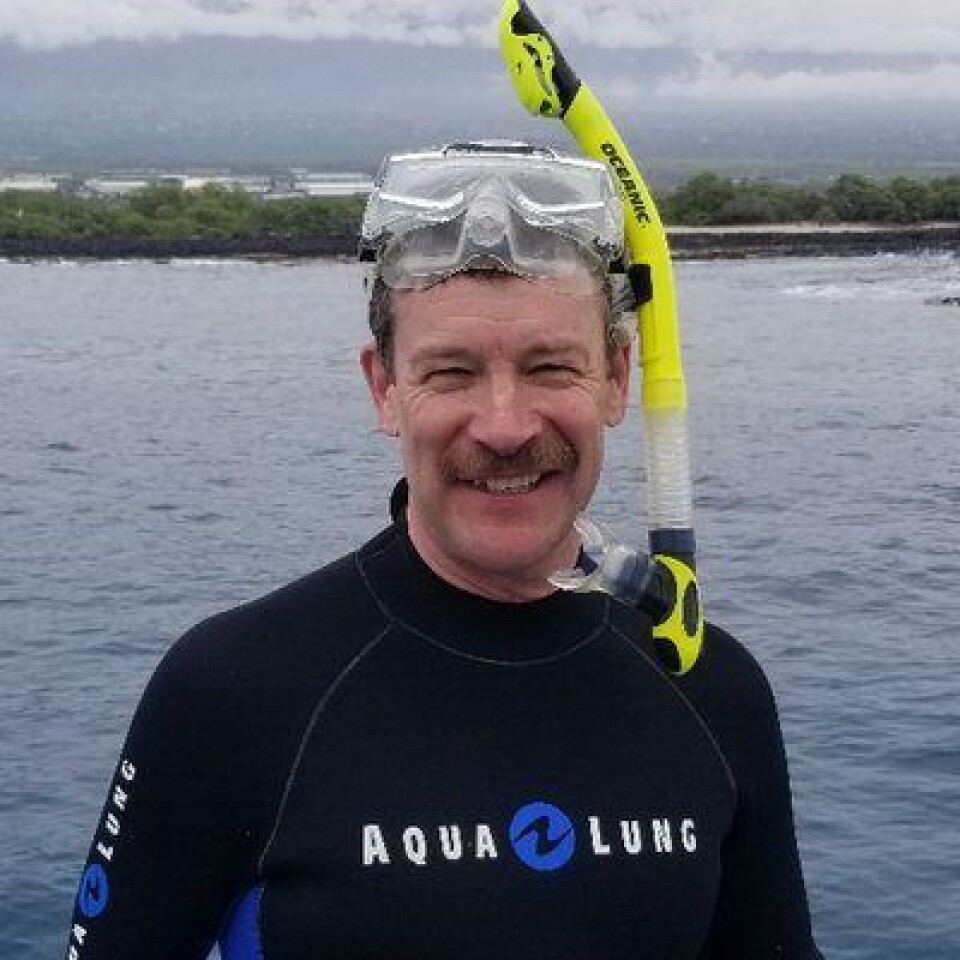
PRV was in Canada before salmon farming, says fish vet
An experienced North American fish veterinarian has challenged the findings of a scientific study that blames salmon farming as the source of piscine orthoreovirus (PRV) in Pacific wild salmon.
Authors of the paper, published in the journal Sciences Advances, say genetic sequencing shows that the virus was introduced to southern British Columbia roughly 30 years ago from fish ova from Norway and is continually transmitted between farmed and wild salmon.
But Hugh Mitchell, who has been involved in farmed fish health since qualifying as a vet in 1989, has pointed out that PRV was found and genetically sequenced in wild-sourced steelhead trout in 1977, pre-dating salmon farming in the region.
He also argues that the paper’s authors “are an isolated group (not representative of the entire Canadian Department of Fisheries and Oceans (DFO)) who continually focus on activist research against aquaculture and ignore contradicting evidence”.
Conservation funding
The study, “Aquaculture mediates global transmission of a viral pathogen to wild salmon”, was led by Gideon Mordecai, a Liber Ero post-doctoral fellow at the Department of Medicine, University of British Columbia, Vancouver, and Kristi Miller of the DFO’s Pacific Biological Station at Nanaimo, Vancouver Island.
The Liber Ero (Latin for “I am free”) programme seeks to support early-career scientists to conduct and communicate world-class research that informs conservation and management issues relevant to Canada. It is supported by “Canadian philanthropists dedicated to the conservation of Canada’s biodiversity”.
In an article about the study written for The Conversation website, Mordecai says scientists like him are “concerned that pathogens may be spilling over from farmed salmon to wild salmon” and contributing to the widespread declines of Chinook salmon populations and the southern resident killer whales that depend on the fish for food.

Egg imports
He adds: “A PRV lineage found commonly in the North East Pacific came from the North Atlantic. We estimate that it was first introduced to coastal BC waters relatively recently, approximately 30 years ago. This matches the timing of Atlantic salmon egg imports from Europe to BC, which helped kick off salmon farming in the province.
“Two lines of evidence point strongly to the transmission of the virus between farmed and wild salmon. Wild Chinook salmon were more likely to be infected with PRV when they were closer to salmon farms. And a genomic analysis found that farmed and wild salmon share the same viral variants, suggesting continual transmission.
“Further analysis of the PRV genomes in BC waters indicate that the number of PRV infections in the region has increased by two orders of magnitude over the last two decades, a pattern that aligns with the regional growth in farms, where nearly all of the fish become infected.”
Amaemia in Chinook salmon
Mordecai goes on to say that in Chinook salmon “PRV is associated with jaundice/anaemia, a disease that is the result of red blood cells bursting, leading to liver and kidney damage”.
He adds: “Despite the evidence linking PRV to disease in both Atlantic and Chinook salmon, the Department of Fisheries and Oceans (DFO) does not classify PRV as a disease agent. This enables the ocean-based fish farms to be stocked with fish infected with the virus.”
Mordecai claims his research “provides evidence that supports growing calls to minimise the interactions between salmon farming and wild fish”.
He also says that the DFO’s science and decision-making are not independent, and that the regulation of the aquaculture industry should be separated from DFO’s responsibility to protect wild salmon – echoing a demand made by anti-salmon farming activist Alexandra Morton.

In a Twitter post, Mitchell states: “First, PRV was found in 1977 AND sequenced from wild-source BC steelhead trout pre-dating Atlantic salmon PNW (Pacific North West) culture. Allegations of being introduced by farmed Atlantic salmon are false.
“Secondly, the PNW virus does not sicken fish. Controlled challenge laboratory studies consistently show no clinical disease can be produced in Sockeye or Chinook salmon. Furthermore, Federal, State and Tribal hatchery managers have never viewed it as important amongst the myriad of bacteria, viruses and parasites that are a natural part of wild salmon populations. In the ocean, where there are 150 billion viruses in a teaspoon of seawater, there are far more critical pathogens.
“What is disturbing is that the paper’s authors are an isolated group (not representative of the entire Canadian Department of Fisheries and Oceans) who continually focus on activist research against aquaculture and ignore contradicting evidence.
“Agriculture was necessary to lessen the impact on the environment while feeding humanity. Aquaculture does the same for the oceans. We need to quit with this bickering and catch up with the rest of the world on the ‘blue revolution’.”























































